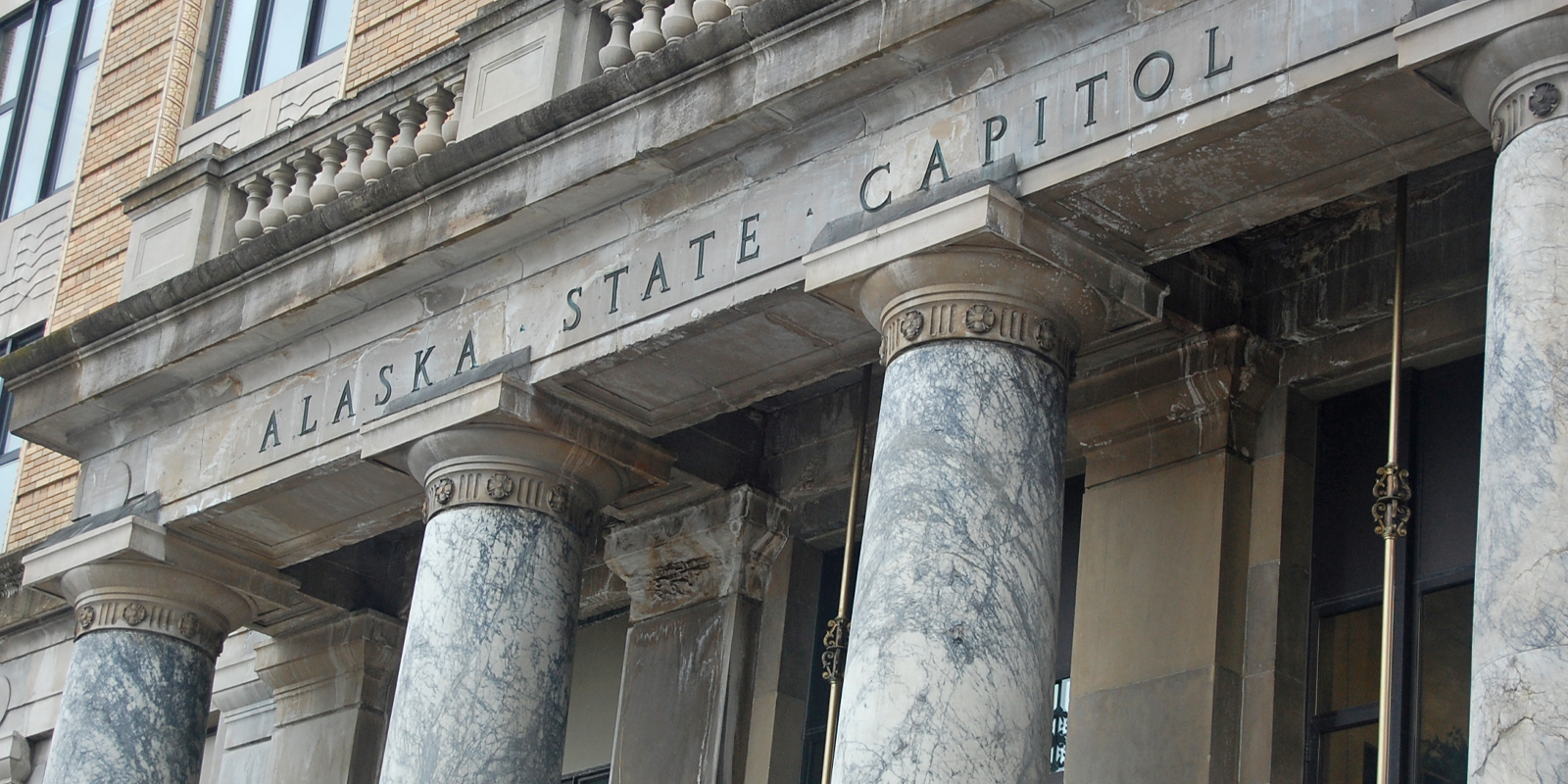As state job vacancies remain unfilled in Alaska, residents are seeing the impact on their public services.
“Our roads are not being plowed, we’re not getting public assistance to the people that need it, we’re losing educators, we’re losing government programs and more,” says Jan Carolyn Hardy, a former Alaska state government employee who is president of Alaska AFSCME Retiree Chapter 52.
There is a shortage of public service workers in communities across the country, but the job vacancy rate in Alaska is worse than in other states and its causes predate the COVID-19 pandemic. Many state agencies have 20% vacancy rates, and there are more than one thousand open positions in public education across the state, as the Alaska Public Pension Coalition notes.
To make public service jobs more attractive, one obvious solution is staring Alaska legislators in the face: reinstate defined-benefit pension plans.
Pensions provide retirees with guaranteed income for life and are a better and safer retirement benefit than today’s ubiquitous defined-contribution plans, or 401(k)s. Pensions were once available to Alaska state workers, but in 2006 the legislature eliminated the option.
“The advantage of a defined-benefit pension plan is that your money is assured up until you die, and you don’t have to worry about the vagaries of the stock market,” says Hardy, who joined the state workforce in the 1990s and receives a pension. “It’s not an exorbitant amount. It’s humble, but it’s there and it remains there, and you don’t have to worry about it going away.”
The Alaska Senate in January passed Senate Bill 88, a proposal that would reinstate the pension program for state employees. The bill is directly aimed at helping alleviate the staffing shortage in state agencies and, if approved by the House and signed by the governor, would benefit some 37,000 workers.
AFSCME strongly supports the proposal.
“This is a bipartisan bill,” Hardy says. “We have both Republicans and Democrats who support it. This is a very important bill. … That’s why AFSCME retirees are fully behind it. We are writing to our legislators, making phone calls, providing testimony. We’re always staying on top of what’s going on in the legislature.”
SB 88 is being considered by three committees in the Alaska State House. If the chamber approves it, the bill would move to the governor for his signature.
AFSCME has been addressing the issue of short staffing in public service head on. In 2023, we launched Staff the Front Lines, an initiative to help state and local governments recruit talented and passionate individuals to work in public service. All told, our STFL initiative attracted more than 2,000 job seekers in 17 cities nationwide, such as Albuquerque, N.M.; Minneapolis, Minn.; New York and Los Angeles.
